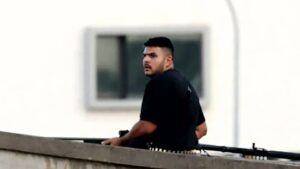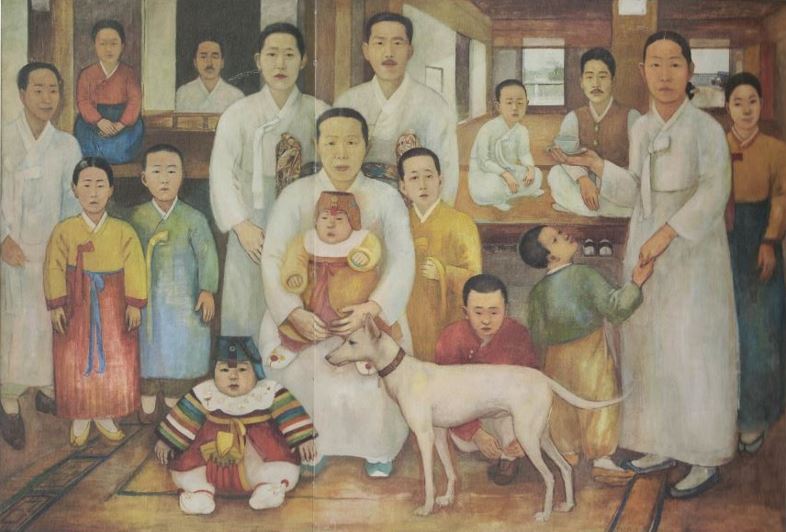Pai Un-soung(1900-1978) was one of the greatest artists Korea had produced during the period of Japanese colonial rule, a time when Korea had lost its sovereignty. After Korea’s liberation, Pai served as the inaugural head of the art department at Hongik University and was also a judge for the Korean National Art Exhibition. He eventually defected to North Korea with his second wife, Lee Jeong-su, a graduate of Ewha Womans University, following the retreating North Korean army during the recapture of Seoul on September 28, 1950.As the first Korean artist to study in Europe, Pai had majored in fine arts at United State schools for Fine and Applied Arts in Berlin. In 1927, he made his debut in the art world by becoming the first Korean to have his work selected for France’s Salon d’Automne. He captured the attention of European art circles with works that depicted Korean customs and culture, and his artistic career took him between Germany and France, making him an international figure in the art world.
However, as the threat of World War Ⅱ loomed, Pai was forced to flee Paris, leaving behind 167 of his works. These pieces, which were more precious to him than his own life, were left in his studio as he barely escaped with only his life.
Pai departed Paris on June 11, 1940, and after three months, arrived in Gyeongseong (now Seoul) on September 17. It was his first time returning to Korea in 18 years, and he was warmly welcomed at Gyeongseong Station by his mother, Kim, his second and third elder brothers, Hee-il and Hee-sam, and his sister, Geum-ja.
After defecting to North Korea, Pai likely yearned to see the 167 works he left behind in Paris, even in his dreams. Sadly, he passed away in Sinuiju, North Korea, about 10 years before the South Korean government’s lifting of the ban on North Korean defectors in 1988. Due to his defection, Pai’s name was considered taboo in South Korean art circles, and his work was not publicly acknowledged until after the ban was lifted.
In 2001, 61 years after Pai fled Paris and returned to Korea, the South Korean government held an exhibition of his works at the National Museum of Modern and Contemporary Art’s Deoksugung branch (September 7 – October 21, 2001). This marked a major milestone in the recognition of his contributions to modern Korean art, largely due to the hidden efforts of collector Dr. Jeon Chang-gon, who was studying in Paris at the time.
Dr. Jeon Chang-gon, who is now the director of the French Cultural Center in Daejeon, graduated from Chungnam National University with a degree in French literature and later completed his master’s and doctoral studies at the same university. After taking doctoral program in Sorbonne University in Paris in 1984, he earned his doctorate from Nanterre University. Dr. Jeon managed to track down the whereabouts of Pai Un-soung’s works and, after two months of tough negotiations with the current owners, successfully acquired 47 of the pieces. Six months later, he acquired another piece through a different route. The 167 works Pai had left behind in Paris had changed hands several times, but in the end, 48 of them dramatically found their way back to a Korean owner.
It was nothing short of a miracle for the modern Korean art world that Dr. Jeon came to possess these 48 works by Pai Un-soung. Even though more than 20 years have passed, Dr. Jeon’s collection remains a topic of great interest. Hearing the story of how he came to own 48 of Pai’s works still fills us with deep emotion.











